Name Ross Andru | Role Comics artist | |
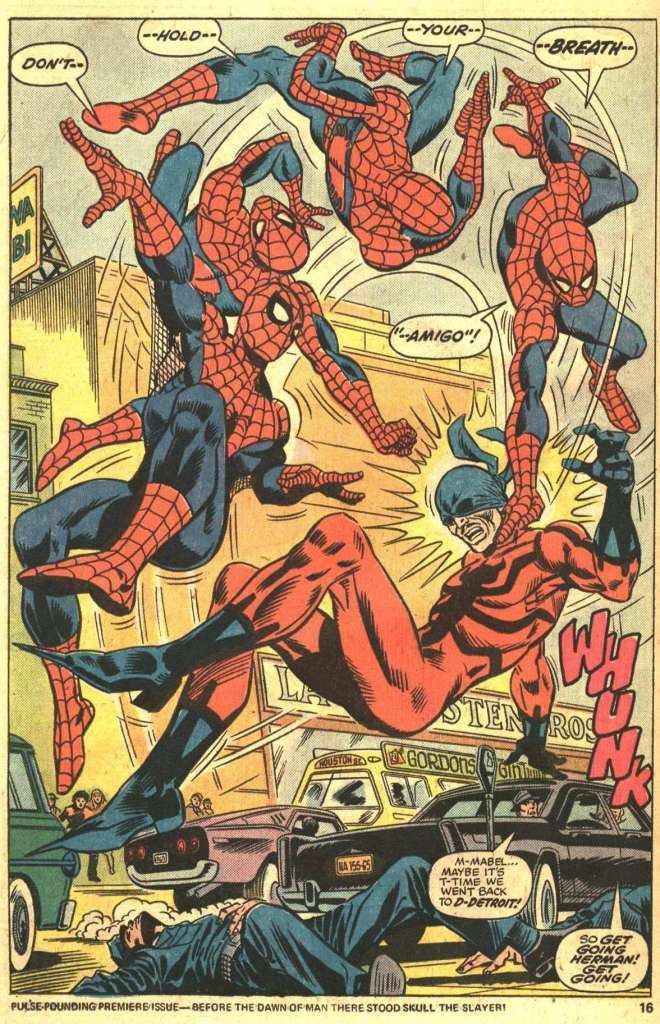 | ||
Born Rossolav AndruskevitchJune 15, 1927 ( 1927-06-15 ) Notable works Amazing Spider-ManFlashMetal MenSuperman vs. Spider-ManWonder Woman Died November 9, 1993, United States of America Movies The Punisher, The Punisher: Dirty Laundry Books The Green Goblin Lives Again, The Amazing Spider-Man: War of the reptile-men Awards Will Eisner Award Hall of Fame Organizations founded MikeRoss, MR Publications, Klevart Enterprizes Similar People | ||
Comic hauls 11 ross andru key
Ross Andru (born Rossolav Andruskevitch; June 15, 1927 – November 9, 1993) was an American comics artist and editor. He is best known for his work on The Amazing Spider-Man, Wonder Woman, Flash, Metal Men and for co-creating the character the Punisher.
Contents
- Comic hauls 11 ross andru key
- Unboxing JCS comics N More POP Venompool Pacific Rim Gispy Danger Ross Andru Spider Man artbook
- Early life and career
- DC Comics
- Side projects
- Marvel Comics
- Return to DC
- Later life and career
- Awards and homages
- Style
- References
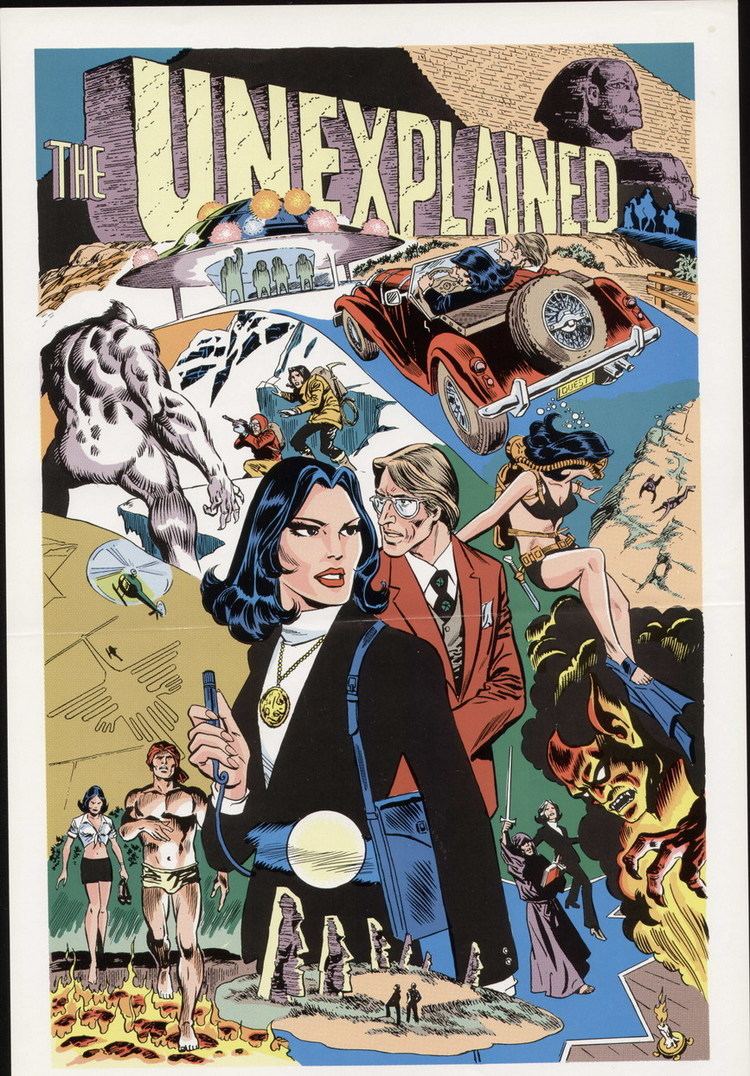
His most frequent collaborator was inker Mike Esposito, with whom he worked on projects over a span of four decades. The two founded three short-lived comic books companies: Mr. Publications (1951), MikeRoss (1953) and Klevart Enterprises (1970).

Andru was inducted into the Will Eisner Comic Book Hall of Fame in 2007.

Unboxing @ JC'S comics N More POP Venompool, Pacific Rim Gispy Danger, Ross Andru Spider-Man artbook
Early life and career

Ross Andru was initially raised in Cleveland, Ohio, by Russian émigré parents who had fled the Russian Revolution; according to family lore, Andru's mother was part Polish and part Russian royalty, while his father had played French horn for the Ballets Russes before later doing so for the Cleveland Symphony Orchestra. After moving to New York City, Andru graduated from The High School of Music & Art, then in Harlem, where one of his classmates and friends was future comics artist Mike Esposito, with whom he would collaborate on flip-book animation. Andru served in the U.S. Army, and after being discharged in 1946, found work later that year with an animation studio in Manhattan drawing for Chiclets chewing gum commercials.
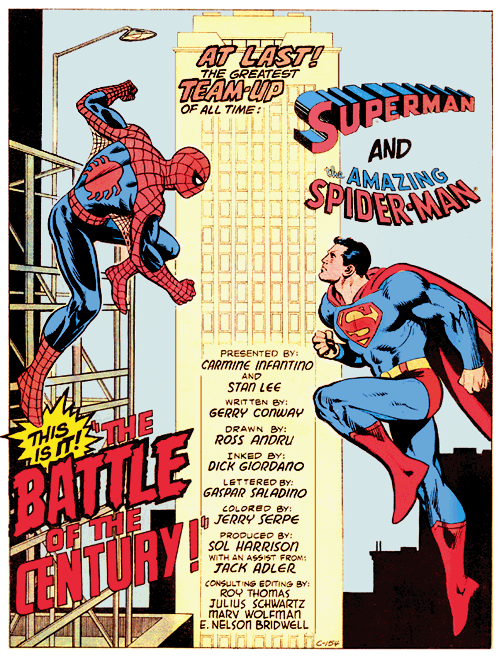
Andru's first professional comic book work was for the Tarzan newspaper strip in 1948. As his longtime art partner Esposito recalled, he and Andru were attending Burne Hogarth's Cartoonists and Illustrators School (later renamed the School of Visual Arts) in 1947 when

Burne took Ross out of the class because he saw the talent he had and asked him, "Would you like to assist me on Tarzan?" The newspaper strip for the Sunday page of the[New York] Daily Mirror. He paid Ross by the month and the G.I. Bill gave him a few bucks to live on. Ross would lay it out then Burne would ink it with his approach and would actually change everything and it would look really like Burne Hogarth when he got through with it. Ross had a great concept for visuals for the layout, for the storytelling. That's what Burne Hogarth saw in Ross and he developed him to pull all that out, the shots, and the depth of field. That only [sic] lasted a couple of years because the strip died in about 1950-51. Then Ross came to me when I started publishing and we more or less teamed up.

Another source says penciler Andru first teamed with inker Esposito in 1949 for the publisher Fiction House, but this is unconfirmed at the Grand Comics Database. The team's first confirmed collaboration was on the six-page "Wylie's Wild Horses" in Hillman Periodicals' Western Fighters vol. 2, #12 (Nov. 1950), signaling the start of a four-decade collaboration.
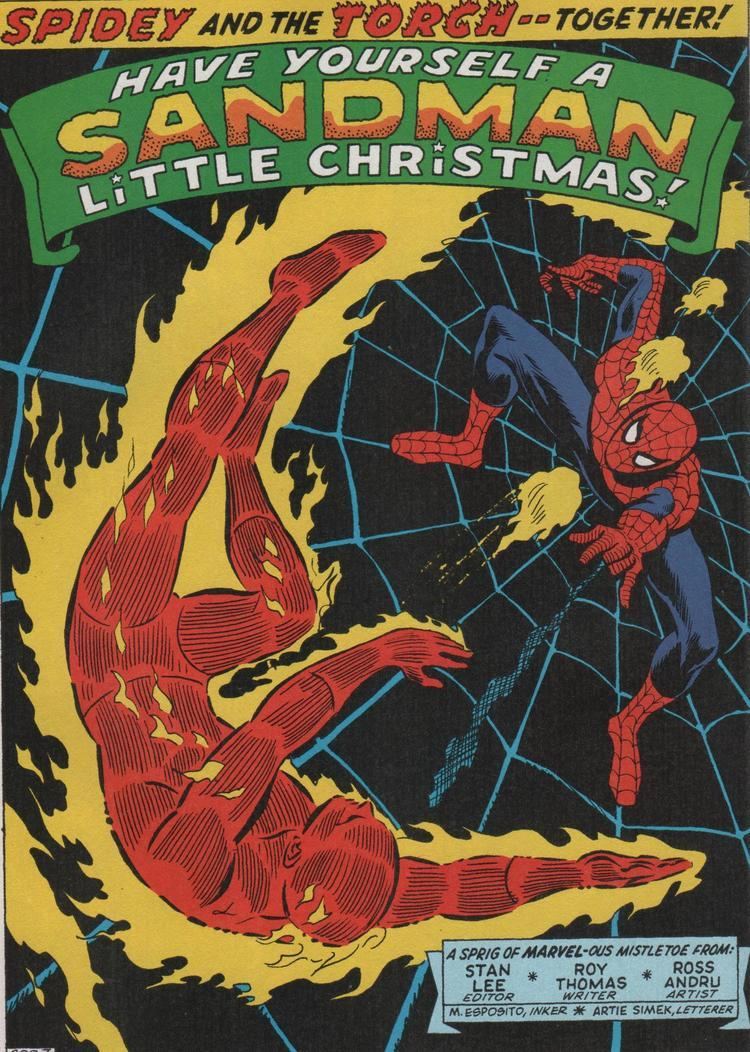
They quickly founded their own comics-book company, the name of which is variously rendered as MR Publications, after the initial of their first names; Mr. Publications, after the company's sole series, the whimsical adventure comic Mister Universe, which ran five issues (July 1951 - April 1952); or the hybrid MR. Publications. The two also co-founded Mikeross Publications in 1953, which through 1954 produced one issue each of the 3D romance comics 3-D Love and 3-D Romance, two issues of the romance comic Heart and Soul, and three issues of the satiric humor comic Get Lost.
DC Comics
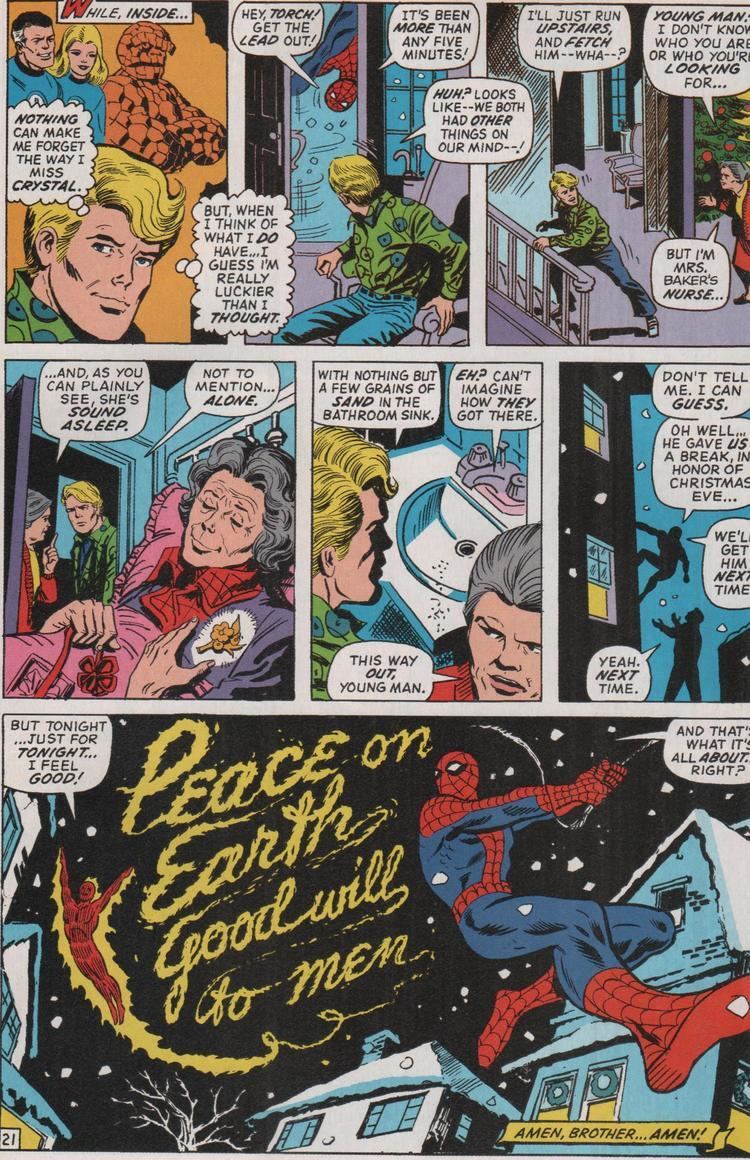
By this time, after having teamed for early work on Key Publications' Mister Mystery in 1951 and Standard Comics' The Unseen and Joe Yank (the latter credited as "Mikeross"), the two began a long career as one of DC Comics' primary war story artists, alongside the likes of Joe Kubert, Russ Heath, and Jerry Grandenetti, beginning with a story each in All-American Men of War #6, Our Army at War #14, and Star Spangled War Stories #13 (all Sept. 1953). For those titles as well as G.I. Combat and Our Fighting Forces, Andru and Esposito drew hundreds of tales of combat under editor and frequent writer Robert Kanigher.
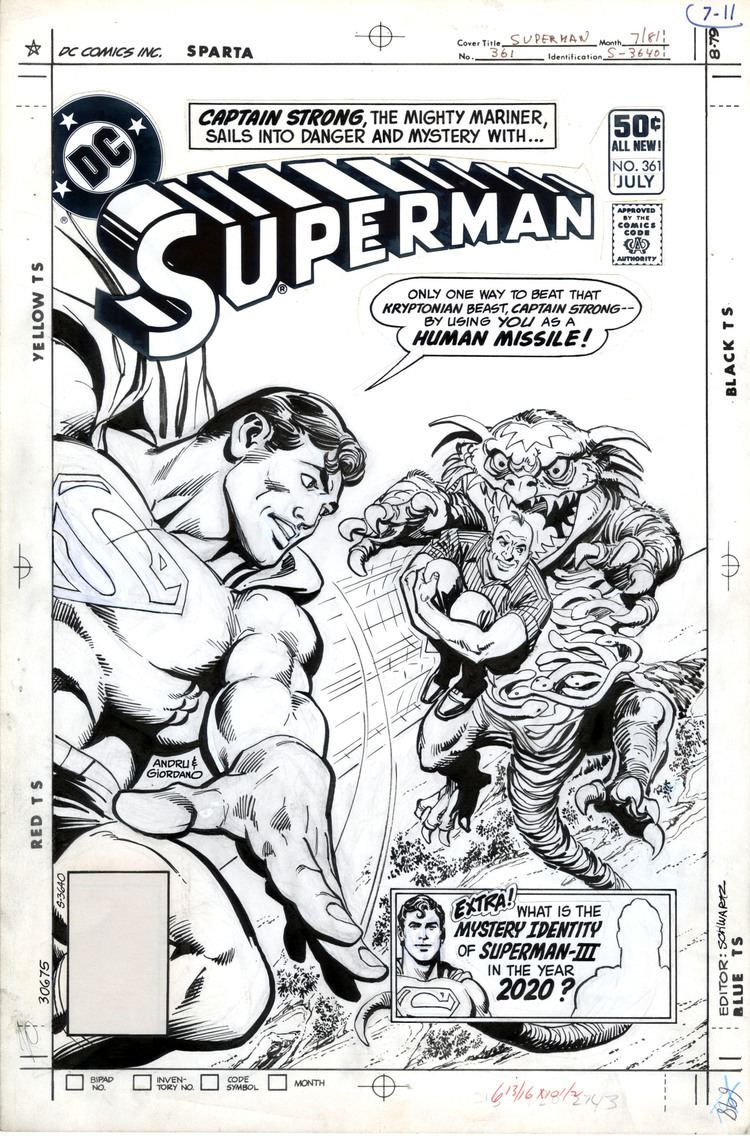
From 1957 to 1959, Andru and Esposito shared a studio with fellow comics artists Jack Abel, Art Peddy and Bernie Sachslate, generally credited as Bernie Sachs.
Andru began a nine-year run on Wonder Woman starting with issue #98 (May 1958), where he and writer Robert Kanigher reinvented the character, introducing the Silver Age version and her supporting cast. As well, with writer-editor Robert Kanigher, Andru co-created the robot superheroes the Metal Men in Showcase #37 (April 1962), going on to draw the first 29 issues of the lighthearted series Metal Men, from 1963 to 1968. Esposito said Kanigher "left the character design up to Ross and myself, under his supervision, of course."
Andru and Kanigher had several other notable collaborations. The "Gunner and Sarge" feature introduced in All-American Men of War #67 (March 1959) was one of the first war comics to feature recurring characters. Andru drew an early appearance of Kanigher's Sgt. Rock character in Our Army at War #81 (April 1959) With Kanigher, the Andru-Esposito team introduced the non-superpowered adventurers the Suicide Squad in The Brave and the Bold #25 (Sept. 1959). Another innovation was the melding of war comics with science-fiction in "The War that Time Forgot", a feature created by Kanigher and Andru in Star Spangled War Stories #90 (May 1960). Andru also drew early issues of Rip Hunter, Time Master in 1961, and the Sea Devils.
In 1967, Andru left Wonder Woman to become the penciler on The Flash, with he and inker Esposito drawing the super-speedster superhero's adventures from issue #175–194 (Dec. 1967 – Feb. 1970). Reuniting with Kanigher, Andru co-created the "Rose & The Thorn" backup feature in Superman's Girl Friend, Lois Lane #105 (Oct. 1970).
Side projects
A Spider-Man story drawn by Andru in 1968 was originally planned as a fill-in issue of The Amazing Spider-Man but was published in Marvel Super-Heroes #14 when regular Spider-Man artist John Romita Sr. recovered more quickly than anticipated from a wrist injury.
For the black-and-white comics-magazine publisher Skywald in 1971, Andru and Esposito contributed many stories across the line, including to the horror titles Nightmare and Psycho and the Western titles Wild Western Action, The Bravados and Butch Cassidy. With writer Gary Friedrich, they created Skywald's motorcycle-riding superhero Hell-Rider.
Andru and Esposito formed the publishing company Klevart Enterprises in 1970, which two years later published two issues of a humor magazine cover-titled Up Your Nose (and Out Your Ear). The name, Esposito said, came from an expression used by late-night talk-show host Johnny Carson, "May the bird of paradise fly up your nose, and out your ear." A third issue was written but never printed because of financial problems.
Marvel Comics
In the early 1970s, Andru left DC for Marvel Comics. Initially he did short runs on such titles as Marvel Feature where he launched the superhero team the Defenders in issue #1 (Dec. 1971) and Marvel Team-Up, starting in March 1972, where he drew Spider-Man teaming with other Marvel characters. In 1973, he began his five-year stint as regular penciler on The Amazing Spider-Man, which at that point was Marvel's highest-selling monthly comic. Andru and writer Gerry Conway introduced the Punisher, who would become one of Marvel Comics' most popular characters.
In 1976, Andru penciled the first large-scale comic book Intercompany crossover, Superman vs. the Amazing Spider-Man, in a story written by Conway and co-published by Marvel and DC. As one historian wrote, "The tale was written by Gerry Conway and drawn by Ross Andru, both among the few [at that time] to ever have worked on both Superman and Spider-Man...The result was a defining moment in Bronze Age of Comic Books."
Return to DC
In 1978, Andru returned to DC to work as an editor, a position he held until 1986. During this period his art appeared mostly on the covers of such titles as Action Comics and Superman. Working with writer Marv Wolfman and collaborator Mike Esposito, he co-created the syndicated comic strip The Unexplained in 1979. Throughout the late 1970s and the 1980s, Andru and inker Dick Giordano were DC's primary cover artists, providing cover artwork for the Superman titles as well as covers for many of the other comics in the DC line at that time. In the 1980s he returned to interior work. He and Roy Thomas collaborated on the "Superman and His Incredible Fortress of Solitude" treasury edition published as DC Special Series #26 (Summer 1981). Pandora Pann was a proposed series by Andru and writer Len Wein which was to have been published in 1982 but other commitments prevented Wein from writing it and the project was cancelled. Andru made a brief return to the Wonder Woman title, drawing six pages in issue #300 (Feb. 1983). The following year, Andru contributed to the 300th issue of World's Finest Comics as well. A New Teen Titans drug awareness comic book sponsored by the American Soft Drink Industry and drawn by Andru was published in cooperation with The President's Drug Awareness Campaign in 1983. He was one of the contributors to the DC Challenge limited series in 1986. Other Andru artwork appeared in Vigilante (1984) and Blue Beetle (1987–1988).
Later life and career
Andru's last published work was for Archie Comics' Zen, Intergalactic Ninja in 1993, on which he was teamed once again with Esposito. Andru lived in the Arverne / Far Rockaway area of Queens, New York, when he died later that year. Prior to his death, Andru was working with Esposito on a new project to be called "The Strobe Warrior" for another independent company founded by Esposito. The project fell apart after Andru's passing but was revived years later in song by a band called Fling Lois.
Awards and homages
Andru was inducted into the Will Eisner Comic Book Hall of Fame in 2007.
In Ultimate Spider-Man issue #87 (Feb. 2006), a "Ross Andru" has a cameo as the principal of Peter Parker's high school.
Style
Frequent collaborator Gerry Conway commented of Ross Andru's work, "Ross Andru could place a character anywhere he wanted. He had a terrific sense of spatial relations; he could track a battle easily across rooftops, from panel to panel. He drew some great sequences where he maintained the same stationary background, a rooftop or a street, across an entire page, but move the characters from panel to panel. I know there are artists today who do that, but many of today's artists are figure-oriented. Space and context doesn't seem as important to them, whereas it was extremely important to Ross. He used to go around New York City taking pictures of the buildings so he could be accurate about where he put Spider-Man."
